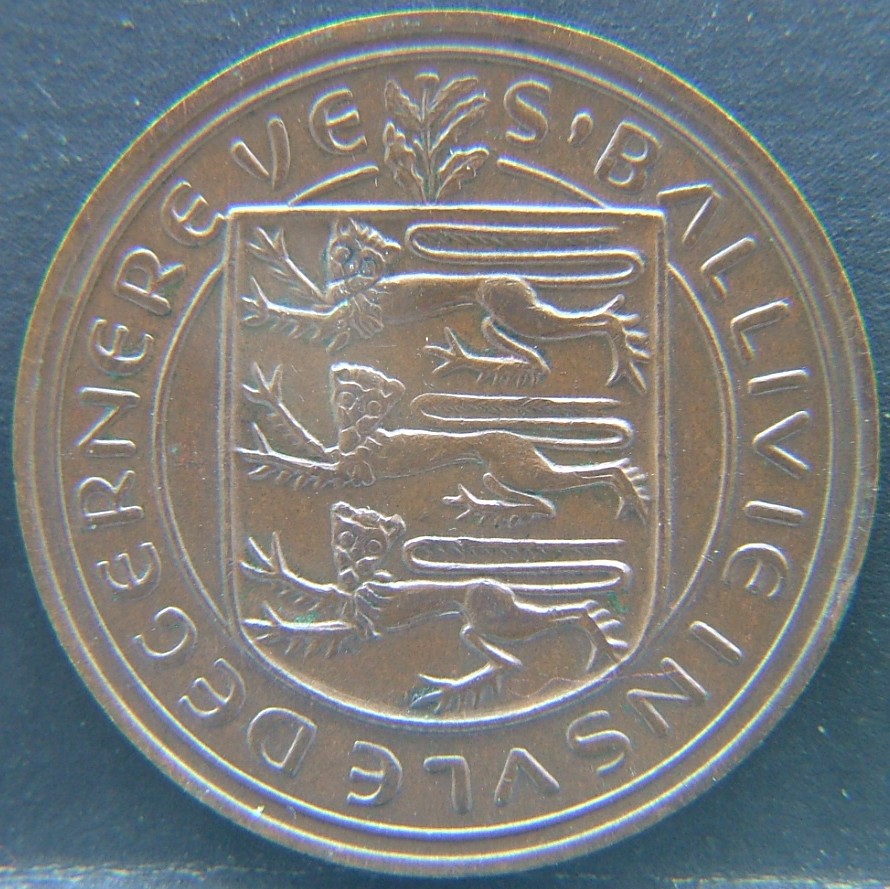Coins of 🇬🇬 GUERNSEY – Island Heritage in Coinage
🏰 Historical Coinage (1830–1971)
Before decimalisation in 1971, Guernsey issued coins in "doubles," with denominations of 1, 2, 4, and 8 doubles (equivalent to 1/8 penny). These coins featured the island's arms and name ("Guernesey") on the obverse, and the denomination and date on the reverse. The 8-doubles coin also displayed a wreath on both sides.
💰 Decimal Coinage (1971–Present)
Guernsey adopted the UK's decimal system in 1971, introducing coins similar in size and composition to their British counterparts. However, Guernsey coins feature distinctive designs, often incorporating local symbols like the Guernsey cow, gannet, and the Guernsey lily.
Common Circulating Coins:
-
1p: Gannet (1971–1984), Crab (1985–present)
-
2p: Guernsey Cow
-
5p: Guernsey Lily
-
10p: Guernsey Cow
-
20p: Guernsey Milk Can
-
50p: Ducal Cap (1969–1984), Freesia Flowers (1985–present)
-
£1: Introduced in 1981, withdrawn in 2017
-
£2: Introduced in 1998, featuring the Guernsey Flag
📉 Rare and Collectible Coins
Some Guernsey coins are particularly rare and sought after by collectors:
-
1987 50p Freesia Flowers: Only 5,000 minted, making it one of the rarest Guernsey coins.
-
1998 £2 Guernsey Flag: 150,000 minted, significantly fewer than the UK's 91 million for the same year.
-
2000 50p Battle of Britain Anniversary: 10,000 minted.
💱 Currency Status
While Guernsey coins are legal tender on the island, they are not legal tender in the UK. However, they may occasionally be found in circulation in the UK. The Guernsey £1 coin was withdrawn in 2017 to align with the UK's introduction of the 12-sided £1 coin.

